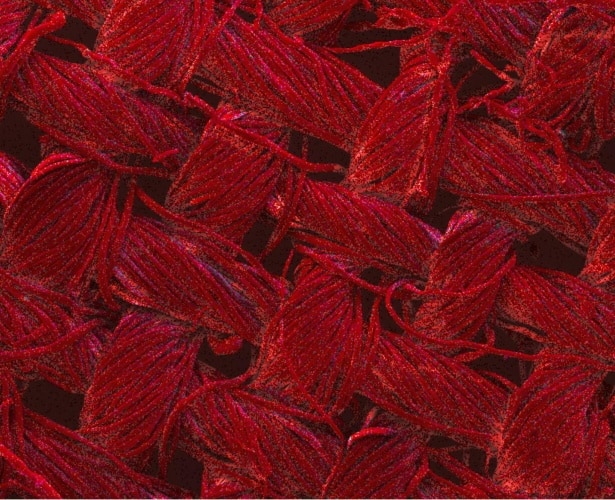The research, published in the journal Advanced Materials Interfaces, could open the door to clothes that are capable of cleaning themselves under lights or when exposed to the sun. There are also potential applications for catalysis-based industries such as agrochemicals and pharmaceuticals, and the scientists claim the technology could easily be scaled up to industrial levels.

"The advantage of textiles is they already have a 3D structure so they are great at absorbing light, which in turn speeds up the process of degrading organic matter," said Dr Rajesh Ramanathan, a biotechnology specialist from RMIT (Royal Melbourne Institute of Technology) and one of the paper’s authors.
"There's more work to do to before we can start throwing out our washing machines, but this advance lays a strong foundation for the future development of fully self-cleaning textiles."
Copper and silver-based nanostructures form the basis of the technology. When exposed to light, they receive an energy boost that creates so-called “hot electrons”. These electrons then provide a burst of energy that enables the nanostructures to break down organic matter.
The self-cleaning nanostructures were integrated with textiles by dipping them into a combination of different solutions, resulting in stable nanostructures forming within 30 minutes. According to the researchers, it took less than six minutes for some of the treated textiles to clean themselves once they were exposed to light.
"Our next step will be to test our nano-enhanced textiles with organic compounds that could be more relevant to consumers, to see how quickly they can handle common stains like tomato sauce or wine," Ramanathan said.




Nanogenerator consumes CO2 to generate electricity
The chemistry seems incredibly complex. When the article came out here in Australia the News report was really funny because they scientist/researcher...